Video Title: How to Prove Value to Customers
Host: Irit Eizips, Chief Customer Officer & CEO | CSM Practice
Guest: Chris Singh, SVP Customer Success Management, Customer Engagement & Experience at SAP
The Interview:
01:32 – Chris talks about the main purpose of ‘Value Scoring Methodology’ and the two objectives that it essentially solves
09:08 – Chris tackles how they leverage Qualtrics for value scoring and comparison to NPS and CSAT score
13:02 – Chris presents the value management framework that they currently use in SAP
17:23 – Chris demonstrates how they use the questions to assess value for customers
18:36 – Recap about the discussion
21:46 – Wrap Up
Value scoring is a tool designed for customer success managers to leverage and scale customers, to assess what are the areas and outcomes that the customer might be interested in doubling down on, and to have a discussion around why this is important for them. In this Chat & Learn episode, Irit Eizips, CEO & COO of CSM Practice featured Chris Singh, SVP Customer Success Management, Customer Engagement & Experience at SAP and talked about innovative ways to structure the conversation around value with customers and easy tips to quantify the perceived value and customer experience.
Read the full transcript to learn more.
Irit Eizips (0:35)
Today I have Chris Singh, Global head of customer success management at SAP. Specifically today I’m going to approach the topic of maximizing customer value and being customer-centric. Most companies have a health score. Most customer success teams develop a health score, identify how a customer health score in its designation is a very internal type metric. Is my customer healthy? (Is it going to churn or not). SAP took the step forward and actually developed what we call a “Value Scoring Methodology.”
Chris Singh (1:32)
It was really important for us to go beyond an insight of a customer at the health level. What we were finding is that the health score was giving you an indication of the customer to get a green score. When you had a QBR with the customer, you find out that they’re dissatisfied, or you could get a green score and at renewal time, God forbid you to find out that the customer is not renewing. I got to thinking that beyond just the indication that the health score gives you, how do we get deeper in terms of quantifying early enough what value we were delivering for the customer? Because there is the experiential side, which means the customers are really pleased and happy about a person they’re working with or the experience of it. But that only goes so far in driving the outcome and goals of that business. And if you don’t do that, you’re dead in the water.
I’ve often found that the health score was green and at renewal time the customer was still faced with a non-renewal which meant something in that health score. You can interrogate the health scoring all you want and there are all kinds of tweaks and things that you can do to help in scoring. It’s great to get the insight because that gives you certain kinds of specific plays you can make with regards to customers, but if you don’t understand that what you’re managing to as a quantifiable value, then you’re in trouble because quite often people who work for our customers like admins have to prove that they understand the solution that they bought from SAP, and they too can realize and maximize the value. So how do you arm them with argumentation going back to say “look we wanted to recruit faster. We’re recruiting some of the best talents in the world. We wanted to close our books faster. We’re closing our books faster than anybody with financial systems anywhere, and we were doing it because of what the solution, capabilities, and the services that are accompanying that solution give to you.” We wanted to answer that question on value.
Irit Eizips (3:32)
The value scoring essentially solves a couple of objectives. One creating a consistent score that’s almost always true versus the flaky health score that we usually see where there’s a lot of false positives or false negatives and the other objective is to essentially provide the customer or the admin that works with you at the client-side. The tools and the empowerment to showcase how well they understand the solution that the customer has invested in you and how much value they’ve actually gotten. You’re almost trading a laundry list of all the use cases that they could get with SAP and score whether or not they’re getting that value. This way they can even be held accountable and address the question why aren’t they going towards all the use cases and objectives that they could possibly get.
You’re spot on. If you think of customer success, it’s a science, right? We all know it’s a science that it’s very prescriptive in its nature and predicated on a couple of things that the customer must do on their end. They must have the right code culture. They must have tight governance around their businesses. They must make sure they’re consuming learning and education to enable their employees to consume things like loyalty-based initiatives that can expand their customers into becoming more loyal. All of those things, how do you consume them effectively based on the assets we are giving to you as a provider? That was one of the key things for me. We got to thinking and we said what we are providing these circular things that can contribute to customer success. If learning is not a big part of a cornerstone of what the customer does, there is no way they can enable their employees to be successful in whatever solution it is. If that is a cornerstone, how would you quantify and measure how customers are consuming your learning hub? We got down to the level of looking at the learning hub embedded in SAP preferred success as an example. But within that success brand, we make sure that we can authenticate how well and how much the customers were using it. This way, from a score carding perspective, we can go back and say ‘Hey there’s one principle tenement that you’re missing from consuming, and you’re under consuming’, because quite often people think that only the provider, like us, is responsible for success, but it’s a two-way street!
if learning is not a big part or a cornerstone of what the customer does, there is no way they can enable their employees to be successful in whatever solution it is.
Chris Singh (4:24)
We have keep our customers on us, not only in things like learning, but we have business process optimizations, business process expansions that customers could make use of. Are they making use of it? And if they are not at the scorecard during QBR time, you can openly discuss, ‘Hey, I’m seeing a red or a green or a yellow in there. What can we do to enable you now to consume and drive those expansions of the business process?’ Mobile is a classic example. You can do so much with mobile or IRPA, where you do robotics process automation and look at that and say ‘Hey, why are you not taking use some of these assets to automate repetitive tasks so you can lower your TCO.’ In those kinds of cases if we’re seeing under consumption in those business process optimization and expansion, we can go back and have that conversation in a quantifiable way; to get out of the ‘I feel this way’ feeling or it’s very subjective to a quantifiable, objective way of managing value together. Because it is a two-way street.
Irit Eizips (7:20)
For those who are interested in doing a value scoring methodology and adapt it to their customer success organization, once you’ve developed the metric, it sounds like for a high-touch customer the CSM is exposing the metric and working through it with the customers during quarterly business reviews with clients.
Chris Singh (7:40)
For any organization out there, I think one of the good things is, you have defined what you declare customer success asset. If those assets are not longtail and they’re very purposeful and you have the conviction that those assets will make a customer successful, why are you not quantifying the customer usage of such assets and replaying it back to them? It’s that simple. Looking at that objectively, one of the elements is a little bit complex because you have to study usage at the business process level and come back to the customer and say, at the usage level, somebody who’s like-minded in your industry is using 30% more than you know. Can we give some thoughts about what that 30% mean to you as a business and what you would like to do? I think all of those things combine if you have that conviction that the assets you’re providing will hit the mark for their customers, you should measure and quantify usage back and replay it back to the customer.
You have defined what you declare a customer success asset. If those assets are not longtail and they’re very purposeful and you have the conviction that those assets will make a customer successful. Why are you not quantifying the customer usage of such assets and replaying it back to them? It’s that simple.
As you were developing the value scoring methodology, you are highly dependent on usage data in terms of just getting access to it as a very first step, then defining what are key assets you provide to customers. Once you identify those, key those events, feed them into some sort of a system, and then crunch the data to showcase how these customers benchmark against each other.
Chris Singh (9:08)
We leverage what we know is industry best and you get the data you actual insight into how customer X is doing so. You can validate how they stack up against industry best. And what are the Delta gaps in between? And what plays can be instituted to get them from X to Y? I think that’s important, because too often we use insight and that was my challenge. I shouldn’t say I have a problem, but challenge the health score. It may give you certain kinds of indications that may even say look. Here’s a play or a trigger based on certain kinds of health score, but how do you know that your actions have now hit a very prescriptive mark in the area of value. Because not only about the experiential side, but it’s also about the value realization side, and I think in SAP case, we have a good fortune of leveraging Qualtrics to give us an indication on the experience side. Other companies use similar survey experimental sort of assessment, but very few now go on that value management. I think it’s misunderstood and it’s omitted from most companies’ play because some people try to get a little bit of over-engineering in how they put it together. We took a simple premise which looks we’re delivering all these great assets. Let’s check and validate whether the customers are using it. But in order to really put it into production what we did, we wanted to make sure that we were hitting the mark. So what we did, once we generated what we said was a value score for a customer, we went against the NPS for that specific customer. Again, leveraging Qualtrics, we’re able to see at the customer level their satisfaction level and what they rated us. We then did a blind study of now saying let’s take that scoring a value scoring independently. Compare it to the NPS score or the promoter score or CSAT score. And then I took it one step further. I said for customers we know who have low usage. Most people quantify usage as per license. We needed to go deeper than that. We wanted to go at the business process level to see what people were using within the business process. When we quantified the score on the value score and we looked at the NPS score and corroborated that with using 100% of the time, they all lined up.
Irit Eizips (11:28)
Yes, the higher the usage, the lower the usage, the lower the NPS.
Chris Singh (11:33)
Lower the NPS, lower the independent value. Corroborated that so we saw the value score being low. We then looked at the NPS, it was low, and then when we looked at usage it was low therefore it was a perfect triangle or the Bermuda Triangle if you will of what we need to do to make sure that those three quadrants are hit. Conversely, what we have also done is you saw the value score go up. I can almost know with certainty that I will bet you that customer NPS would be in around this ballpark or I will bet you that their usage will be over 50%. As a measure, and sure enough, when we corroborated that, it all lined up and every single case that we’ve added it against, both on the positive side and the lower end of the spectrum conclusively, without fail.
Irit Eizips (12:24)
There’s the proof! With 440,000 customers, if you can show a correlation between low value and low NPS scores, I think that not only validates what customers really want, they want high value from your systems, but it also doubles clicks on the usage of NPS score in general. I think there was a lot of debate whether NPS should be part of a health score for a customer. I think that suggests that NPS could be a leading indicator for low value that what the customer might be perceiving is getting.
Chris Singh (13:02)
I think that if you augment NPS with almost the transactional level survey from the customers, you can get much more granular in terms of certain kinds of insight that an NPS gives you a macro view of the entire company’s performance and for you to double click to go down, sometimes it’s very difficult from NPS. I think that’s the biggest knock in the customer success industry on NPS, right? Because for this person who is sitting there, orchestrating a service or a value to customers down low, they’re saying well, what is my contribution to that NPS at a micro-level? That’s a macro roll-up. What the transactional survey does, it’s a great way of getting actual insight on a very specific area of service you’re rendering, so you mentioned 440,000 customers. Not all of those customers are cloud. This is geared for a cloud customer that has preferred success as an example that we go after to really know. Now, look at that and see how we can drive out certain kinds of behavior and certain kinds of things on our side and their side. And it was important for me to vet that because much like NPS, I needed to augment NPS with a transactional survey to get real about what the customers were feeling. Similar to the customer health score, I need to go beyond that to really know and ask, what’s your value? What are you bringing into this relationship? That conversation is dramatically different if you say, ‘did you know 40,000 people use the learning system’ and you roll out an enablement session for 100,000 people across your organization where you got the training from us, the learning materials from us. And you were able to dispense that in touch with 100,000 people being enabled within a month or within two weeks of us deploying that. That’s a fundamentally different discussion.
In any relationship, you’re confronted with. What’s your value? What are you bringing into this relationship?
If you were able to close your books, you acquired several companies, you have different company code from a financial perspective that needs to close the month, end of the period, and quarter-end. You need to bring those company codes together from a financial perspective. It was slow and cumbersome. You leverage one of our business outcome checks where we went in to target your business process and say you’re not doing XY&Z correctly, here’s how you optimize it. We give them prescriptive guidance and optimize it, and now you’re seeing a 15 to 20% faster processing time. You can equate that back to ROI, TCO, inclusive of Revenue Generation, and cost reduction in many ways. So that’s where you start quantifying and mining for that quantification and by that, you can come back to the customer. The other thing we changed some of the outcomes that we were giving customers was almost technical. You know we will do this, check! We will do this success, check for you! We flip that around and we said no more that we will do only a business-oriented check that results in something very specific to you getting back. For example, if your recruitment drive is taking way too long, the campaigns you’re running are not the greatest. We want a success check not only to identify that but to come back and say ‘here is what you need to do to affect a much better outcome than what you’re seeing’. So if you want to recruit 2000 people in COVID times, rapid recruitment, and you need to spin something up, here is what we have done. Did you or did you not hire 2,000 people within a month and you can now quantify that and say achievement accomplished. That was an objective and business goal you had. It’s quantified and in that I can go into the explicit nature of the score carding. But those are where you now extrapolate the usage side, on the usage of your contents for customer success plus this business outcome, value-oriented KPI driven goals, you marry them together and you have this value management framework and scoring that we can replay.
Irit Eizips (16:56)
Sounds like you have transitioned your team from talking about feature function support tickets, new releases to talking about business outcomes, business goals, and providing them with a way to actualize value faster and then check the point. Doing a follow up to understand whether or not they’ve obtained the goals that they wanted based on the implemented designed roadmap that you’ve provided them with.
As a CSM, you’re measured on your personal success, what have you done for the customer? What is the customer saying about you?
Chris Singh (17:23)
And I think when you do get in front of customers and you do start having these discussions, you do see a different tone that those meetings take on because now it’s undisputed in terms of what was delivered. Previously, it was yeah, but you know, we’re not getting that sense of what you’re doing, you’re doing a lot of work, but, we’re not sure what it is you’re doing and we really want to get out of that. Similar to, you know the age-old discussion of “I like my CSM, but I’m not renewing, so like ability was high, renewal was low. So how do you infuse likeability with experience? And you add value as an overlay and quantify that impact because in one way or another this may sound not too good, but human beings were always being measured. As a CSM, you’re measured on your personal success and what have you done for the customer. What is the customer saying about you? We even have, maybe potentially in some countries, transactional surveys about your CSM. On the experience side, we always do the checking. But at renewal time, you’re told, “I like my CSM, but I’m not renewing.”
Then the question of value was never answered and wasn’t equitable to your measurement of the human capital side. We have to go through this piece to augment the value side of that experience.
Irit Eizips (18:36)
Here’s my recap. The value scoring is a tool designed for the CSM to leverage with customers to assess what are the areas and outcomes that the customer might be interested in doubling down on, then having a discussion around why is this important for them; what are the outcomes that they actually want to achieve by optimizing a certain process or getting to a certain larger goal; and then providing them with a realization roadmap on how to realize that value; following up to ensure that they’ve actually done it and whether they achieve the outcomes that they have designed for themselves. For those of you who are listening and want to develop a value scoring for yourself, to do it in a scalable manner, or to even infuse some value discussions, it would help you to have access to usage data. By that, you can start benchmarking a certain customer with how do your best in class customers using that same asset or feature that you provide. And what I’m hearing is that it’s being used to, one (1) identify areas where there are opportunities and (2) also share it with your customers to have an aha moment, and (3) articulate what that means to them.
Chris Singh (19:54)
The only one thing I would add to that as you perfectly recap, value changes over time (that the customer has). And in some cases, the customer does not know what they need, because if you think of the cloud, the speed of innovation means they don’t know what’s coming. It’s incumbent upon you to also share to that customer what is coming as new business opportunities for them to use in those release cycles that are coming. One of the things we augmented with that was this key feature analysis that also looked at each releases and some of the key features that are coming to prescriptively tell them about business value. They should expand to it. Not only about customer-driven because quite often again, we always go into this thinking that customer will initiate the value of what outcomes they are seeking. It’s incumbent upon us to bring some of these new generation outcomes to the customer and ask them if they’d like to participate in it. We have also augmented that side of it. The path in where they are, we are evolving too. It’s to see how many customers are now taking you as part of a value measure of those new opportunities to expand on business, new business, new business process, new optimizations, and so forth.
Irit Eizips (21:06)
That’s brilliant! You have a past looking with the benchmark and we also have forward-looking value opportunities by working with the product team and understanding what are these new features; why were they developed, and what is the use case and then showcasing it to the customer, not as ‘hey, here’s the latest feature and function list, but here the next outcomes that you can achieve with us, Mr. Customer’; what would that mean to you if you were able to do so; and then create what we call in customer success to success plan which is the plan on how to actualize value or additional value with you.
Chris Singh (21:40)
Absolutely, then all of that is firmly committed to the success plan for sure.
Irit Eizips (21:46)
I think this is such an innovative way to structure the conversation around value with customers and also allow your CSMs to focus on priorities around outcomes to talk to with clients and additional opportunities for value discussion so you don’t always talk about the same things.
Chris Singh (22:10)
Yes, quantifying the value. Super important as well as the experience for sure.
How can CSM Practice Help!
You can reach out to us at CSM Practice if you need help to understand your customers’ value with the integration of our customer success strategies. The success of your business is inherently intertwined with the success of your customer, in which this success is connected to the value you provide. If customers succeed in using your product/service, you can expect their loyalty, thus, your business will succeed. At its core, that is what CSM Practice is all about: we ensure your customers achieve their desired outcome while using your product/service.
Take it to the next level! Ask CSM Practice about the services we provide and learn how we can help you transform your organization into success.

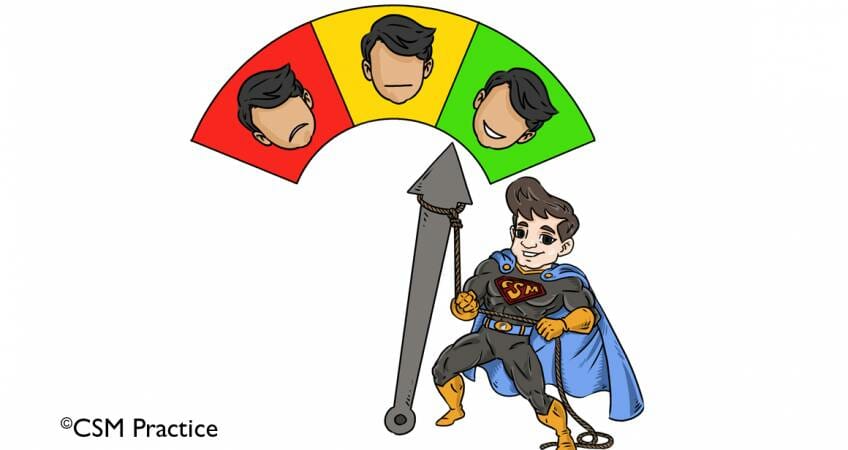
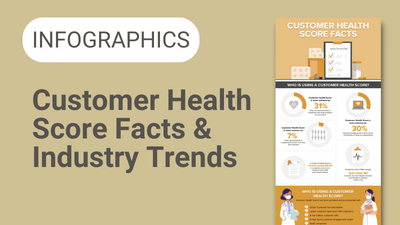
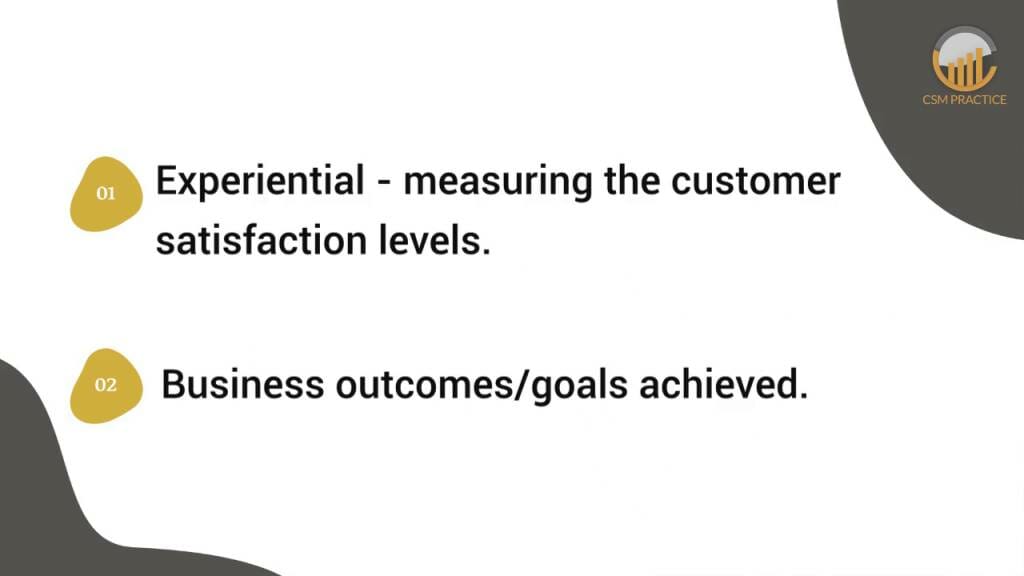
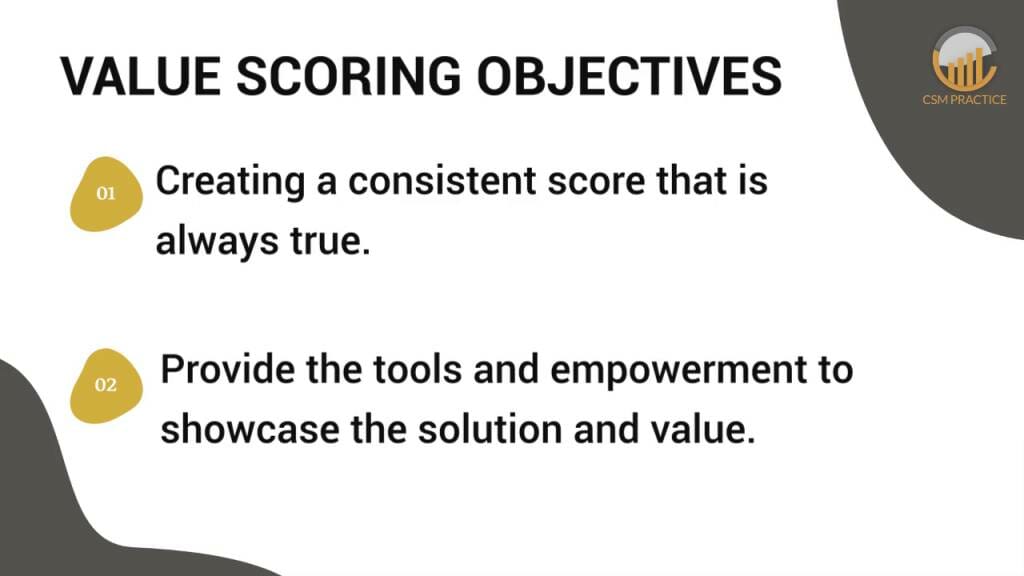
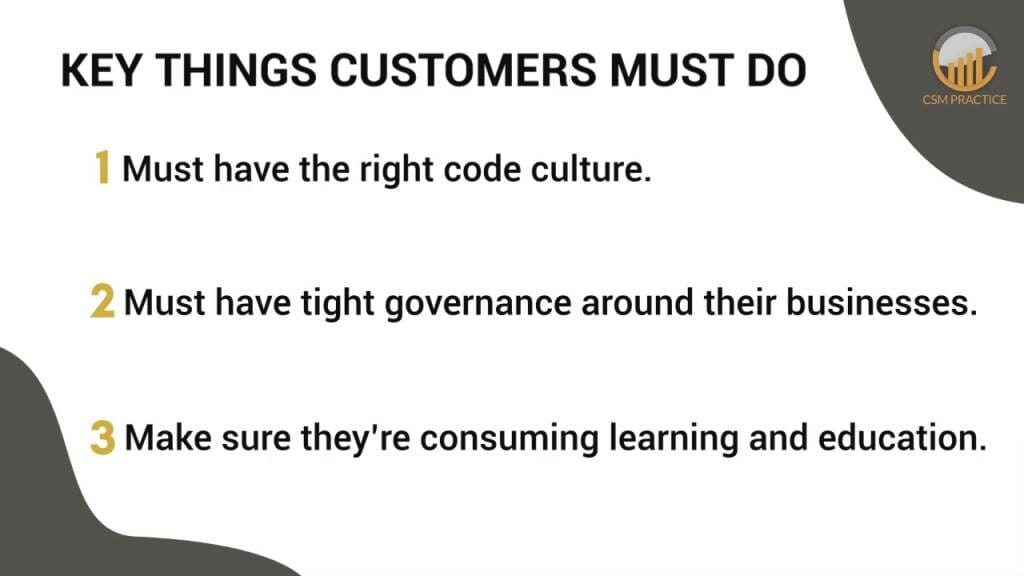
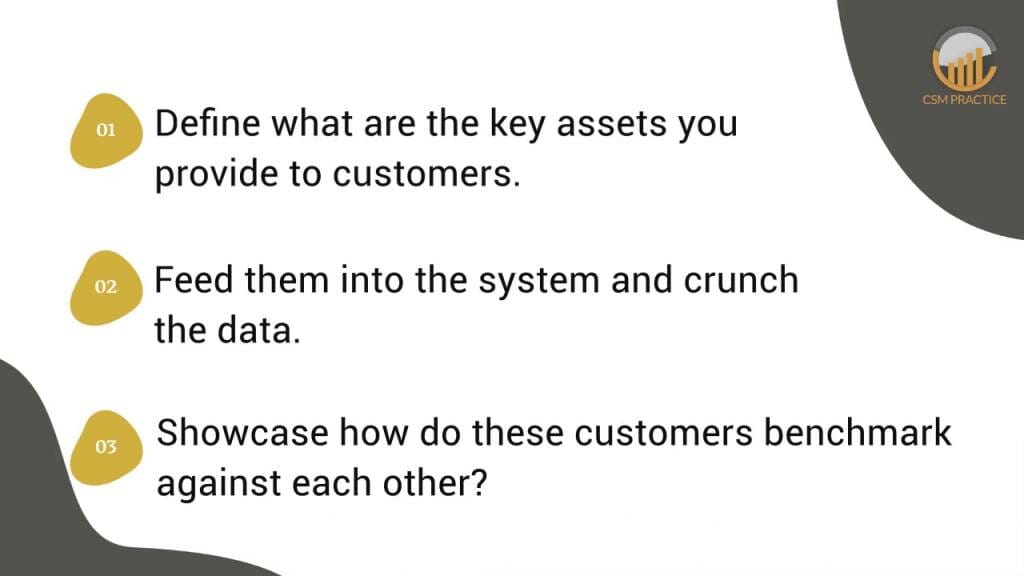
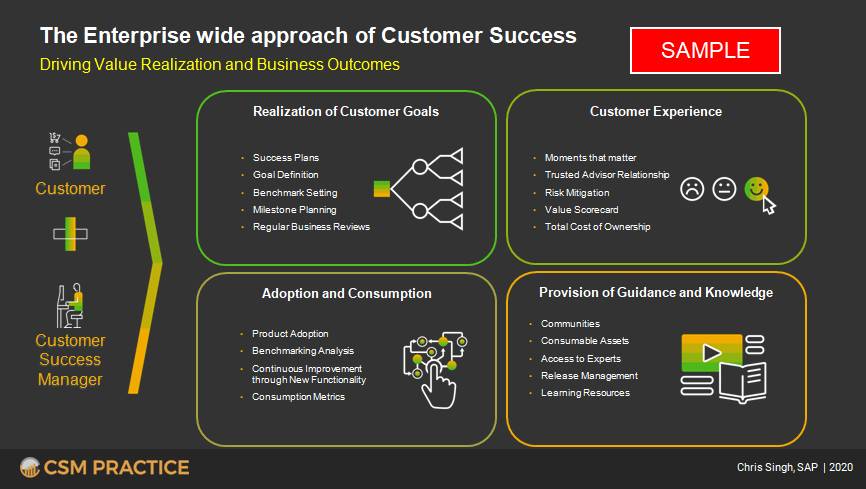

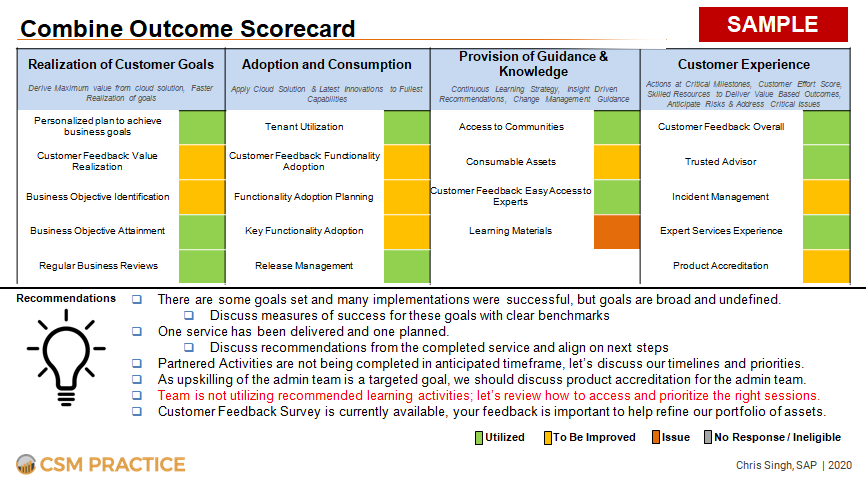

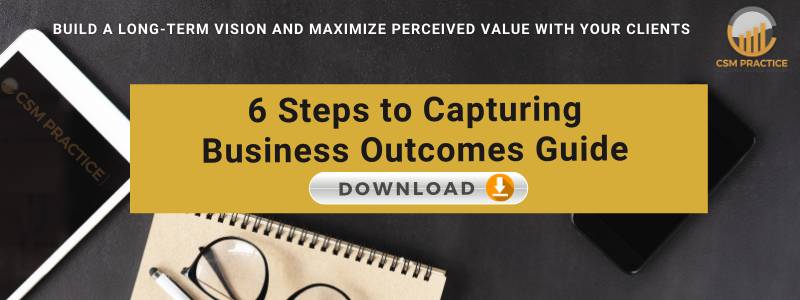
January 13, 2021
I was examining some of your articles on this site and I conceive this site is really instructive! Retain posting. Rois Brewer Canute
January 13, 2021
There is definately a great deal to learn about this issue. I like all the points you have made. Cybil Egbert Petulah
January 14, 2021
Everything is very open and very clear explanation of issues. was truly information. Your website is very useful. Thanks for sharing. Gerianne Shadow Ailey
January 29, 2021
Good respond in return of this issue with solid argumets and describing all concerning that. Theodora Myron Ashly
January 30, 2021
Very good article. I will be going through some of these issues as well.. Carol-Jean Rolph Dode
January 30, 2021
I think that is among the so much important info for me. And i am glad studying your article. But want to observation on some general things, The website style is perfect, the articles is really nice : D. Excellent job, cheers| Kimmy Jermain Shea
January 31, 2021
Great website! I am loving it!! Will come back again. I am bookmarking your feeds also. Caryn Loren Darrell
February 1, 2021
Excellent beat ! I wish to apprentice whilst you amend your website, how can i subscribe for a blog website? The account aided me a acceptable deal. I had been tiny bit acquainted of this your broadcast offered brilliant transparent idea. Correy Robb Magnuson
February 1, 2021
Thank you for sharing your ideas. Highly appreciated! Please sign up for our newsletter, here’s the link: https://www.csmpractice.com/newsletter-sign-up/
February 2, 2021
Pretty part of content. I just stumbled upon your website and in accession capital to say that I acquire actually loved account your weblog posts. Anyway I will be subscribing to your feeds or even I success you get entry to persistently fast.| Tanya Jasper Holmann
February 2, 2021
Perfectly written articles, Really enjoyed examining. Debby Dunstan Joy
February 6, 2021
Wow, fantastic blog layout! How long have you been blogging for? you made blogging look easy. The overall look of your site is wonderful, as well as the content! Darci Westbrook Lavona
February 6, 2021
I am pleased that I found this web site, just the right information that I was searching for! .
February 9, 2021
magnificent points altogether, you simply gained a new reader. What may you suggest about your post that you just made a few days ago? Any positive?| Rosina Kelbee Nichy